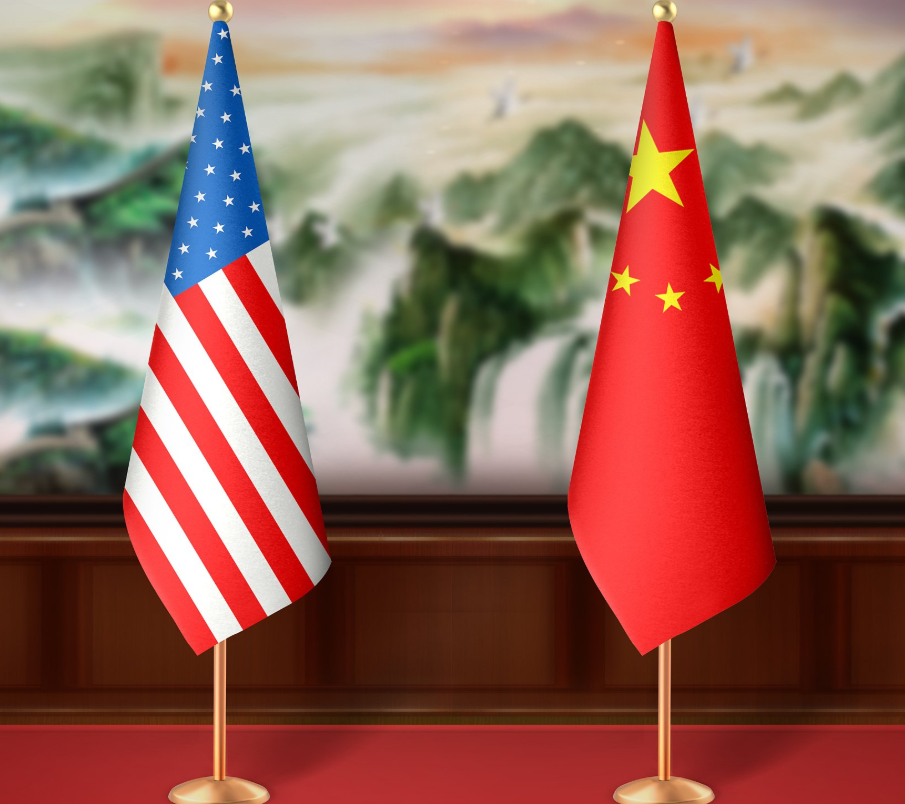President Trump Says Deal With China Is Done: The United States and China have concluded two days of high-level trade talks in London, resulting in a tentative agreement on key issues including the supply of rare earth minerals, easing of U.S. export restrictions, and adjusted tariffs. President Trump confirmed the deal on Truth Social, highlighting improved relations and a shift in trade dynamics. However, questions remain around education visas, semiconductor policies, and the surprising 55% tariff announcement. This blog breaks down the developments and what they mean for the future of U.S.-China economic ties.
President Trump Says Deal With China Is Done
In a significant development, the United States and China have concluded two days of high-level trade talks in London, signaling a renewed push to stabilize economic relations. While specifics are still being fleshed out, both countries have agreed on a framework to move forward. Delegations from each side are now briefing their respective presidents, with the final implementation expected once approvals are granted.
In a notable announcement shortly after the talks concluded, President Donald Trump posted on Truth Social that a deal with China is effectively done—pending final approvals. He emphasized that China will begin supplying the U.S. with key rare earth minerals and magnets. In return, the U.S. will honor its side of the agreement, which includes allowing Chinese students to study in American universities—something Trump says has “always been good” in his view.
OUR DEAL WITH CHINA IS DONE, SUBJECT TO FINAL APPROVAL WITH PRESIDENT XI AND ME. FULL MAGNETS, AND ANY NECESSARY RARE EARTHS, WILL BE SUPPLIED, UP FRONT, BY CHINA. LIKEWISE, WE WILL PROVIDE TO CHINA WHAT WAS AGREED TO, INCLUDING CHINESE STUDENTS USING OUR COLLEGES AND UNIVERSITIES (WHICH HAS ALWAYS BEEN GOOD WITH ME!). WE ARE GETTING A TOTAL OF 55% TARIFFS, CHINA IS GETTING 10%. RELATIONSHIP IS EXCELLENT! THANK YOU FOR YOUR ATTENTION TO THIS MATTER!
Trump also highlighted that the U.S. will impose a total of 55% tariffs on Chinese goods, while China will levy only 10% tariffs on U.S. imports. This steep tariff hike from the previous 30% was not anticipated and has raised further questions about the details of the agreement. The President nonetheless described the bilateral relationship as “excellent.”
One of the core focuses of the discussions was rare earth minerals—critical components used in electronics, defense systems, and clean energy technologies. China, which controls a significant portion of the global rare earth supply, had previously restricted exports, leading the U.S. to impose retaliatory measures including export restrictions on jet engines and chipmaking software.
According to Howard Lutnick, who spoke to reporters in London, these restrictions will now begin to ease as China resumes its rare earth shipments. Lutnick emphasized that these measures would be lifted in a “balanced way,” meaning that U.S. export curbs will be gradually removed as China fulfills its supply commitments.
However, there are still unresolved questions. One major point of ambiguity lies in President Trump’s statement about welcoming Chinese students back to American institutions. Just last week, he had signed a proclamation limiting visas for foreign students at elite institutions like Harvard, which raises the question: Does this new agreement override that decision?
Additionally, the President’s post did not mention semiconductors—a critical point of tension between the two nations. Export controls imposed by China have targeted semiconductor components and technology, significantly impacting U.S. firms. While there are indications that these restrictions may also be relaxed, officials have made it clear that such moves will only come after China follows through with its commitments on rare earth deliveries.
Trump’s claim of a new 55% tariff rate is also causing confusion. There has been no prior discussion or confirmation of this figure, as earlier reports indicated that tariffs stood at approximately 30%. It remains to be seen whether this is a cumulative figure or includes additional categories of goods.
Analysts suggest that while this agreement represents a step in the right direction, it is still relatively modest in scope. The progress largely resets the trade dynamics to where they stood after the Geneva talks, which had also promised resolution but failed due to the absence of a binding timeline. The current framework appears to address that shortcoming, though the exact timeline and enforcement mechanisms are yet to be disclosed.
In the broader context, this agreement might be just one of several incremental steps toward long-term economic stabilization between the two powers. As one commentator noted, resolving U.S.-China trade tensions will require ongoing efforts well beyond the current administration.
Disclaimer:
This article is based on currently available information from trade talks and official statements. Further details may emerge as the agreement progresses. Interpretations here should not be taken as financial or diplomatic advice.

